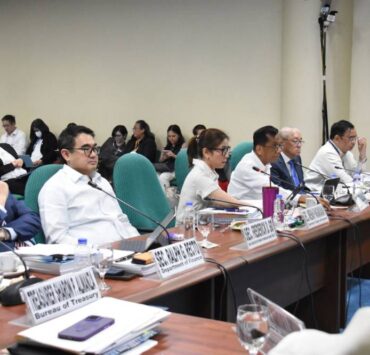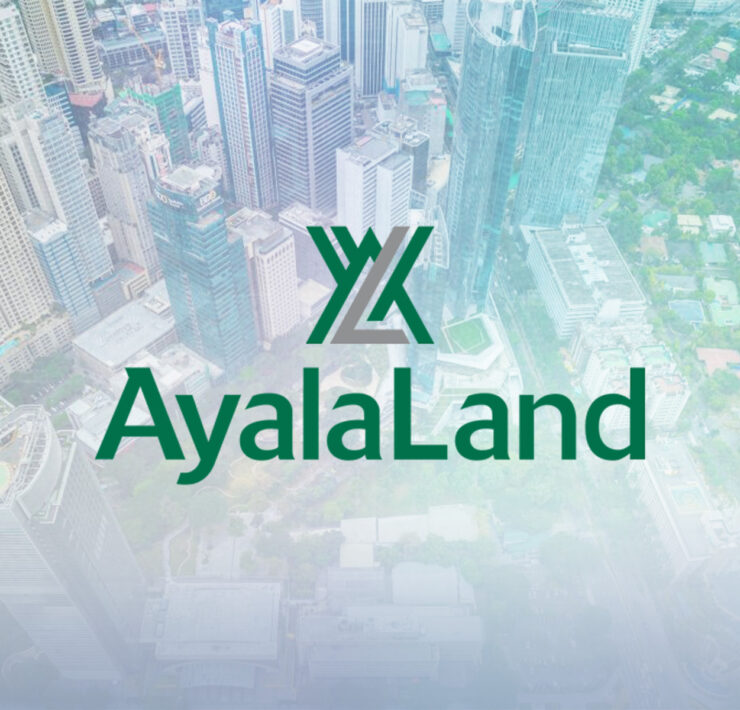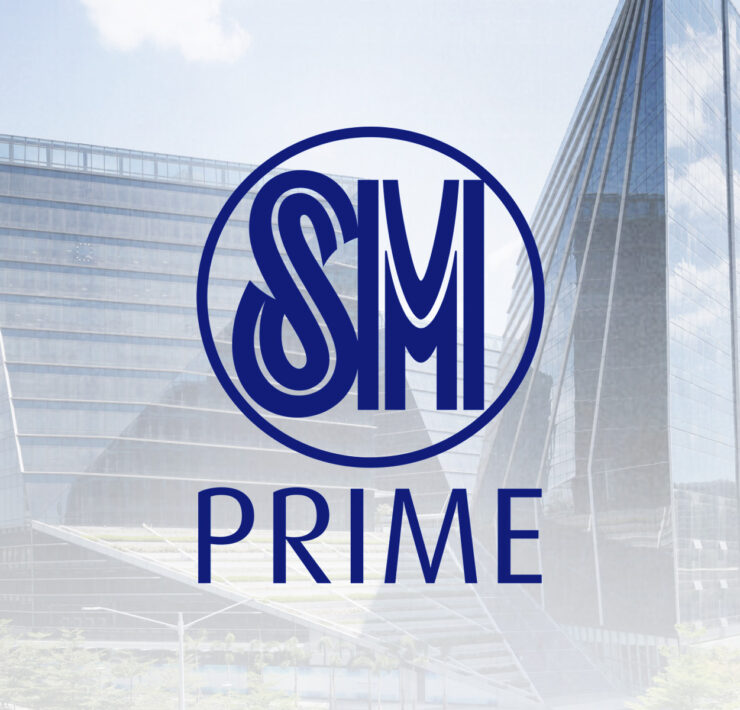Eastwood City to undergo P2.5-B facelift

Megaworld Corp. will spend P2.5 billion to redevelop its first township project to catch up with emerging trends and “future-proof” existing buildings.
In a stock exchange filing on Wednesday, the Andrew Tan-led developer said it had begun revamping the 28-year-old Eastwood City in Quezon City.
“We are not only preserving its legacy but also reinventing it into a township of the future—setting an even higher standard for integrated urban living,” Megaworld president Lourdes Gutierrez-Alfonso said in a disclosure.
Among the changes lined up for the 18.5-hectare township project include enhancements in the commercial areas and lifestyle malls such as Eastwood Citywalk, Eastwood Mall and Eastwood Mall Open Park.
The redevelopment also includes the phased refurbishment of office towers, beginning with the renovation of IBM Plaza.
According to Megaworld, the lobbies, facilities and amenities of additional office buildings and residential towers are also set for renovation.
These are all in addition to the ongoing enhancement of Eastwood Richmonde Hotel and the completion of Eastwood Mall’s refreshed interiors, upgraded cinemas and added tenants.
As for the township’s parks and open spaces, Megaworld said they would introduce “popular dining and lifestyle brands” like Harlan + Holden, SaladStop!, Matcha Tokyo and Jamba Juice.
“Eastwood City holds a special place in our history as Megaworld’s very first township, and this redevelopment reflects our commitment to keeping it vibrant, relevant and future-ready,” Alfonso said.
Launched in 1997, Eastwood City houses several global and multinational companies. Its properties include 23 residential condominium towers, 11 office buildings and three lifestyle malls.
Eastwood’s facelift also comes at a time when consumers are seeking new and enhanced experiences at retail spaces.
In an earlier report, real estate broker Colliers Philippines pointed out that developers were pursuing redesign projects to introduce new concepts and become “more experiential,” as demand for “more immersive” offerings inside malls increases.





















